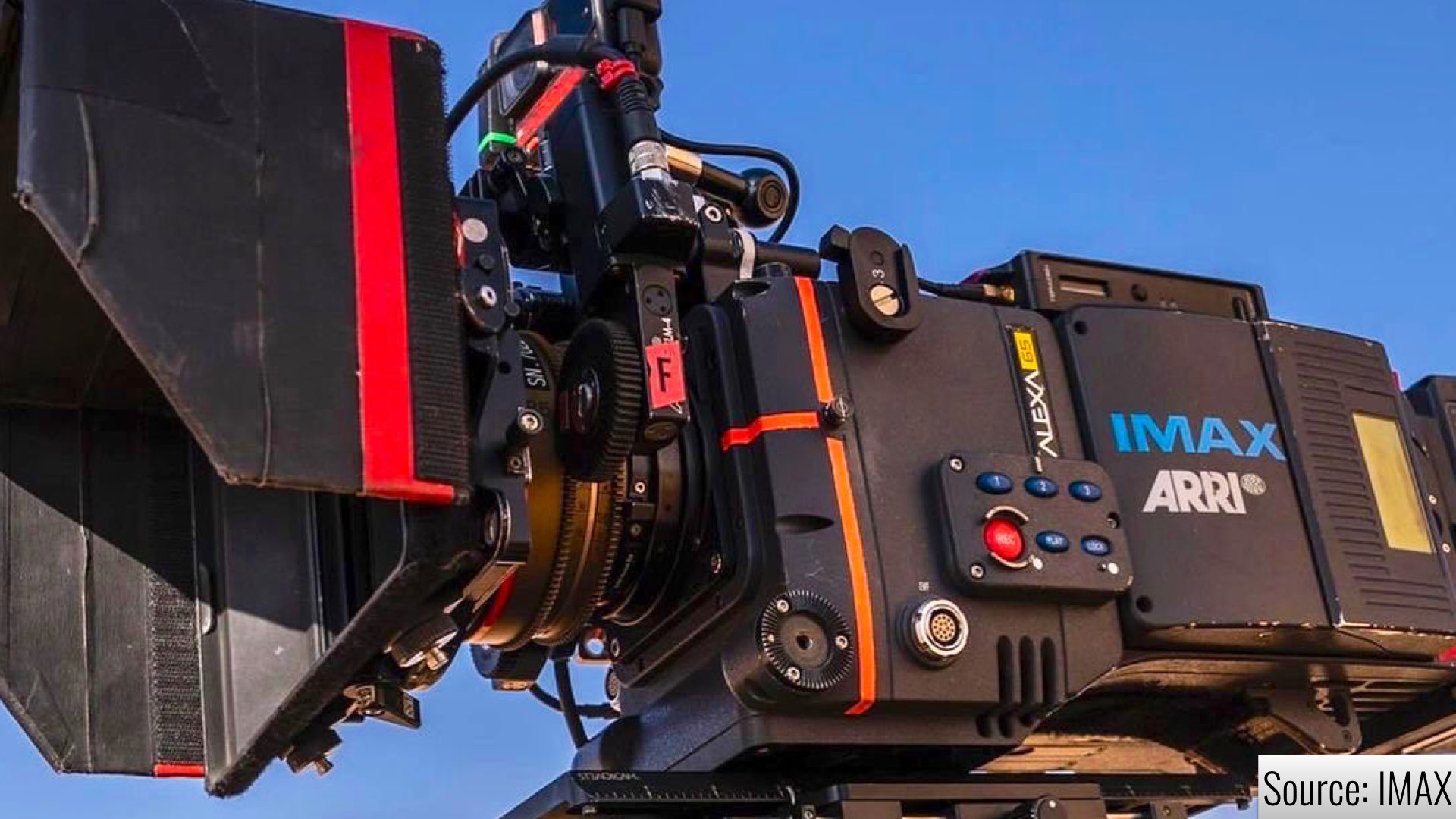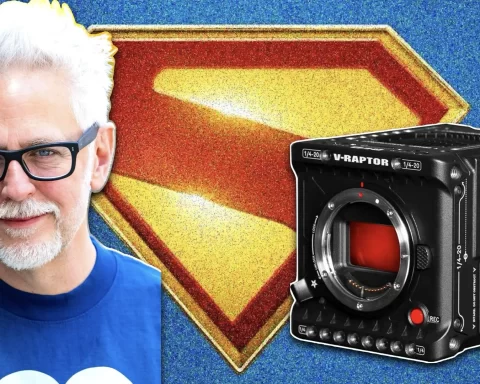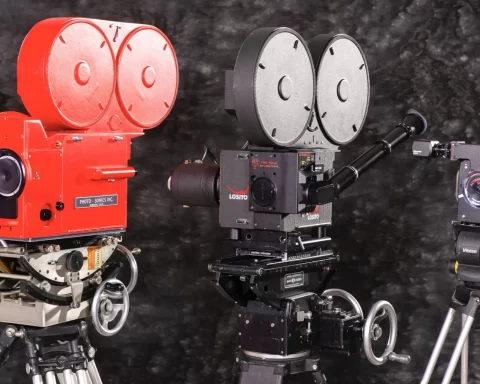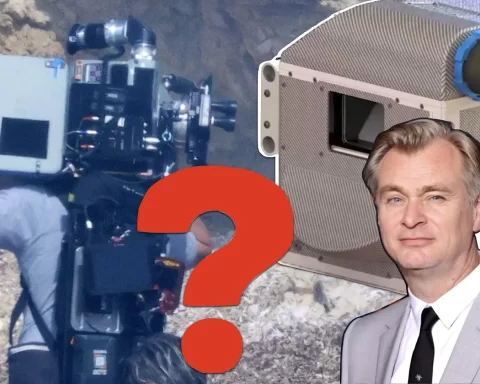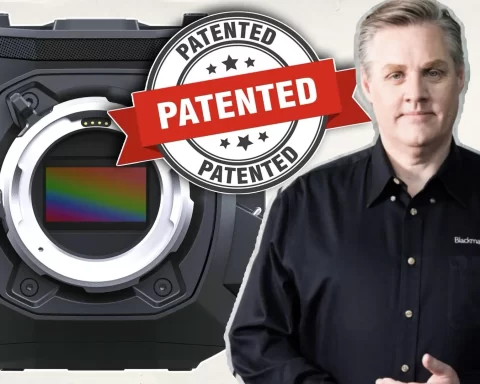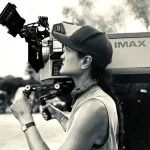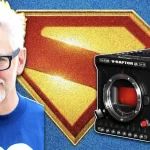IMAX has interviewed Greig Fraser ACS, ASC who is the DP behind Dune Part Two. In the interview, Fraser talks about the making of Dune Part Two, how it was different compared to Dune Part One (from a cinematography point of view), and tells us a bit about his passion for cinematography, including tips and bits of advice to junior cinematographers. Read on.
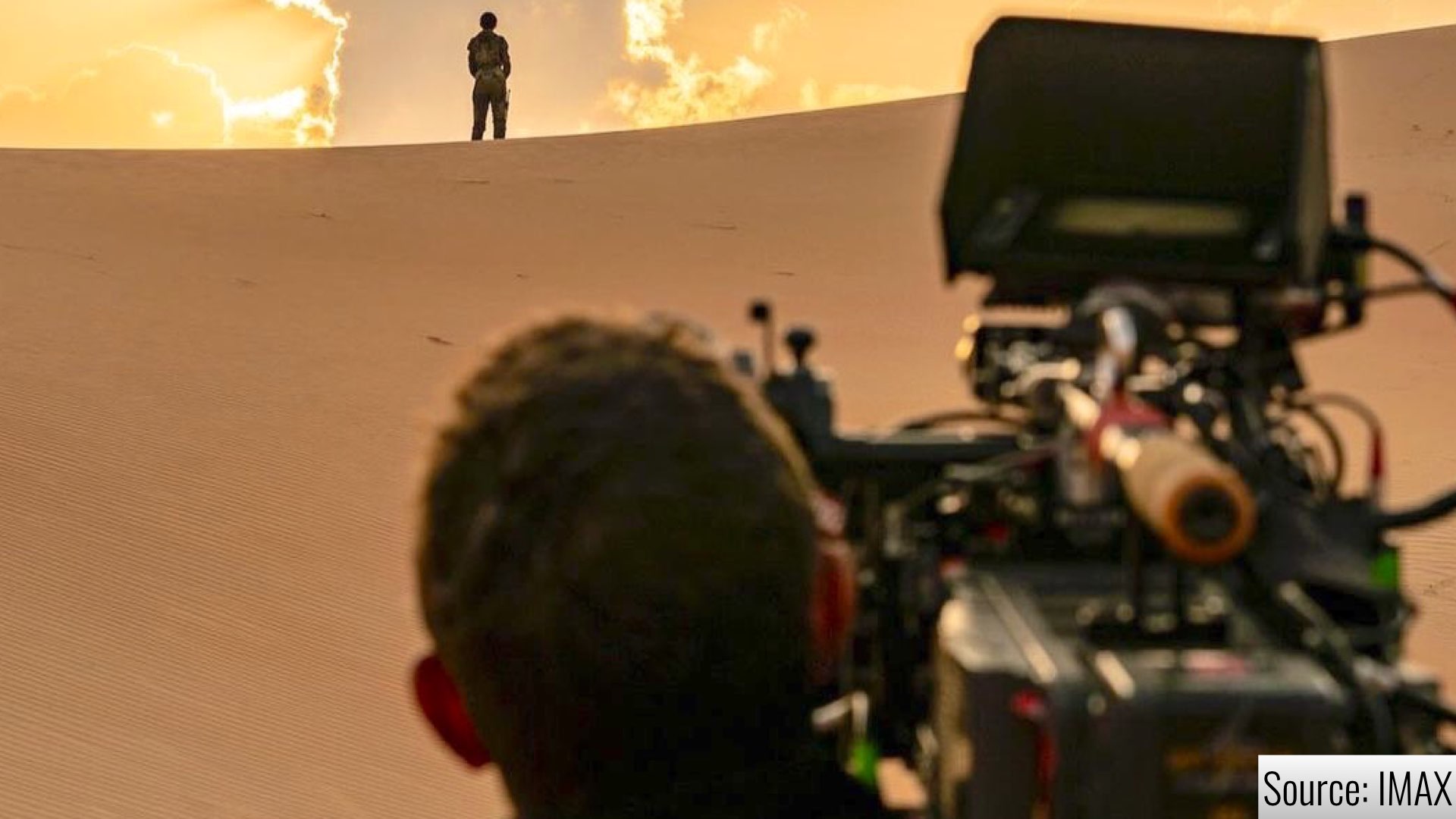
IMAX interviewed Greig Fraser ACS, ASC
Below you can find Greig Fraser’s (Dune’s DP) answers to IMAX’s questions:
Just to shoot as much as you can. To get on as many sets as you possibly can, to have as many interactions with other filmmakers as you can.
DP Greig Fraser ACS, ASC
Dune: Part Two’s most difficult scene to shoot
Q: What was the most difficult scene to film from Dune Part Two?
A: I mean, frankly, the entire film was pretty difficult. You know, the level of difficulty that we were working to was significantly ratcheted up from Part One, and I get the feeling that you know that Denis kind of felt that he had a crew behind him that could kind of do anything, so kind of asked is to loft the game significantly on Part Two, and I feel like we did as a crew. The harvester attack scene was really complicated and quite hard. The eclipse at the beginning of the film was extraordinarily tricky to shoot. Each shot wasn’t hard by itself, but trying to navigate the times of the day to shoot in order with different storylines, that with the Harkonnen with Paul and Jessica making that light matched you know we were up against it from a timing perspective, so we’re in many different locations like a dozen.
The entire film was pretty difficult. You know, the level of difficulty that we were working to was significantly ratcheted up from Part One.
DP Greig Fraser ACS, ASC
The IMAX’s aspect ratio
Q: How do you approach shots for IMAX’s expanded aspect ratio?
A: That is an extraordinarily good question because what shooting IMAX was able to do was to be able to open up a normal frame which allowed us a lot of scope in the desert. There are a lot of films that have been shot in the past in the desert, like old westerns that were shot on a very very wide screen and Denis told me in our first meeting actually that he dreamed this movie in sort of like 1.43, and I was like I was a bit taken back by that, because I hadn’t initially imagined a desert film being shot like that. But when we did the first tests and expanded aspect, the ability to see a lot more vision top and bottom, meant that we were a lot more able to feel the desert. Much more than when we were 2.40. So that helped to tell that story, and the expanse, and the conditions we’re making the film in.
Denis told me in our first meeting actually that he dreamed of this movie in sort of like 1.43.
DP Greig Fraser ACS, ASC
The favorite sequence to shoot
Q: What was your favorite sequence to shoot for Dune: Part Two?
A: I think it probably would have been the worm-riding scene. I think that was a culmination of an amazing group of people that I keep talking about, but it’s true, who were able to come together to make sort of an impossible scene a reality. You know, on paper it sort of didn’t it was going to be tricky and difficult but kind we preserved and we had a great group that kind of didn’t give up and made sure that every shot was right so that the audience would literally feel it in their bones. That worm ride happened, and just the icing on the cake is the sound and the soundtrack. In music, it’s a scene that every time I see in the cinema, kind of I just want to hoot and holler and slap the person next to me and make a fool of myself.
My favorite sequence to shoot would probably be the worm-riding scene.
DP Greig Fraser ACS, ASC
From anamorphic (Dune 1) to spherical (Dune 2)
Q: What made you switch from using anamorphic lenses on the first film to spherical lenses for Part Two?
A: Well, really the lens story was about Paul’s story, and we used anamorphic and that ratio creates which is 2.40 to sort of tell Pul’s story before he arrives at destiny effectively. When it’s all the time, when he’s in Caladan, and when he’s inside Arrakis, we pretty much decided that was our 2.40. That was Paul with blinkers on. When Paul goes outside, gets out into the world which is when our audience gets outside. That’s the time to kind of show the environment in the world. We stuck primarily to that as an idea, and at the beginning of Part One we did have full-frame IMAX shots but they were all environmental shots. As we continued in Part One, you’ll notice that sort of we used anamorphic less and less because we wanted to see more of Paul’s world. We wanted to bring the audience more into that world. In Part Two we just felt like the anamorphic ratio and the anamorphic lenses weren’t really a fit for this story, and going with spherical lenses and creating a film that was primarily the aspect ratio that IMAX could deliver was the best thing we could have done.
In Part Two we just felt like the anamorphic ratio and the anamorphic lenses weren’t really a fit for this story, and going with spherical lenses and creating a film that was primarily the aspect ratio that IMAX could deliver was the best thing we could have done.
DP Greig Fraser ACS, ASC

A piece of advice
Q: If you could go back in time to when you were just starting out and give yourself a piece of advice, what would it be?
A: That is a good question because I feel like the best advice that I would give a younger me now, is just to keep shooting. Just to shoot as much as you can. To get on as many sets as you possibly can, to have as many interactions with other filmmakers as you can. One of the things that I’ve felt like I’ve grown the most from as a cinematographer is working with other super talented, super excited, super interesting people from, and like I said, actors, designers, directors, costume designers, everyone that runs on a film set is there, because they’ve got a huh degree of talent. So, I would say, get yourself as many situations where you’re interacting with talented people as possible.

